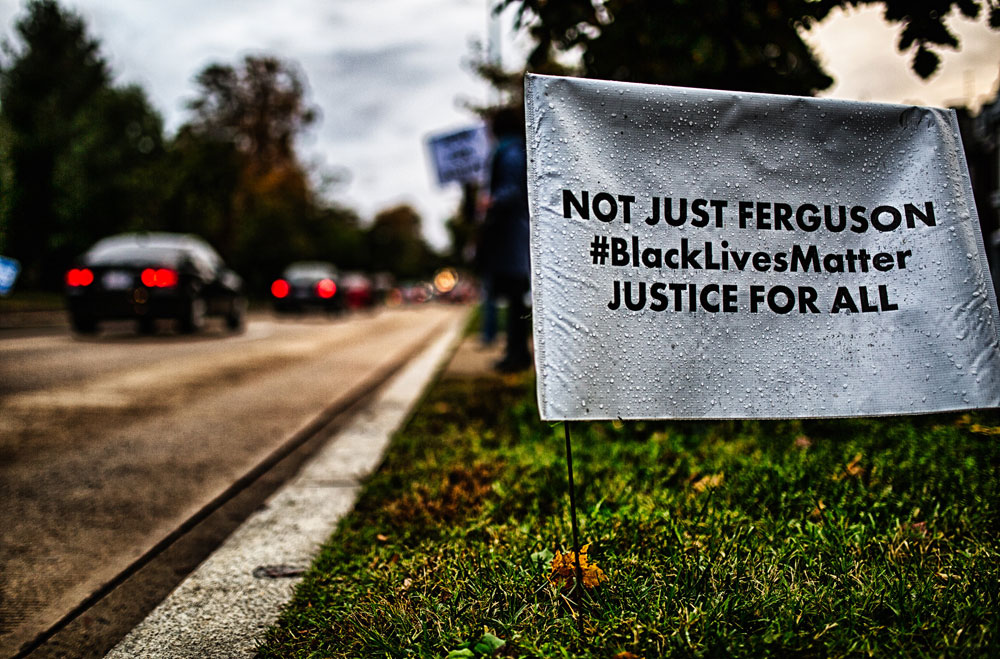
September 9, 2019; The Root
A recent report released by the Los Angeles Homeless Services Authority (LAHSA) found that structural racism, discrimination, and implicit bias are the main drivers of homelessness among Black people.
“The story of the debacle of the black middle class has been taken out of conversation and the onus is on the pathology of the individual,” said Suzette Shaw, a skid row activist and a member of an advisory committee for the report. “Workforce redlining, housing redlining have systemically displaced us.”
And as Jacqueline Waggoner, a commissioner with the homeless services authority says, “If you fix this for black people, you fix it for everyone.”
In 2017, nine percent of Los Angeles County’s residents were Black, but Black people comprised 40 percent of their homeless population. Using a racial equity toolkit to inform its work, the County intends to end homelessness by specifically addressing its structurally generated dimensions. These are embodied in the histories and stories of those now “living rough,” if anyone had been listening.
Duane Pierfax, 62, is among close to 50 people living together in tents under the Ronald Reagan Freeway in suburban Pacoima. The town is where he and many of his homeless neighbors grew up, in houses purchased by black people employed by automotive and other area factories, the Times explains. They later got factory jobs of their own and continued to live in their hometown.
“It was thriving, especially for African Americans,” Pierfax told the Times. “My sister bought a Camaro. Everybody bought GM products.”
Sign up for our free newsletters
Subscribe to NPQ's newsletters to have our top stories delivered directly to your inbox.
By signing up, you agree to our privacy policy and terms of use, and to receive messages from NPQ and our partners.
The 115-page report is a product of the Committee’s understanding of the importance of engaging community and centering race in developing effective solutions. The 26-member Ad Hoc Committee encompassed a variety of stakeholders—people with lived experience, religious institutions, nonprofits, service providers, and government agencies. It set out to accomplish three things:
- Examine contributing factors leading to overrepresentation of Black people experiencing homelessness
- Identify ways to increase racial equity throughout the homelessness response system
- Provide policy and program recommendations that meet the unique needs of Black people
To inform policy recommendations, the Committee actively sought feedback from the community. Over a nine-month period, youth and adults experiencing homelessness, community members, and service providers shared their perspectives during listening sessions, focus groups, and monthly public meetings. Additionally, the group held report-back sessions to preview recommendations and gather input.
As a result of extensive feedback, the Committee identified 67 recommendations to advance racial equity within the homelessness response system. Some of the proposed changes include creating a countywide racial equity initiative to support cross-system coordination, providing cultural competency training for employees, and the development of recruitment plans that focus on hiring Black people and people with lived experience.
The report is the first step in a collaborative process to reduce racial inequity. Going forward, LAHSA will work with the Homelessness Policy Research Institute (HPRI) Race Equity working group to measure policy impact and to improve its understanding of the issues facing Black people. Staying true to the Committee’s recommendation of maintaining a racial equity lens throughout all processes, policies, and programs, Black people, people with lived experience, and service providers will be trained to conduct research. Additionally, the group has committed to being accountable to its stakeholders by sharing evaluation results (both positive and negative) with community organizations, government leaders, and, most importantly, the public.
In addition to strong accountability and evaluation practices, the Committee emphasized capacity-building as integral to success. Government funders and private philanthropy are encouraged to commit to providing long-term resources and to examine racial equity impact during the budget review process.
Ultimately, the group hopes to serve as a model for racial equity. With racial equity being a relatively new concept to government agencies, LAHSA’s commitment to implementing a racial equity framework throughout its entire process could serve as a model for other communities seeking to improve its homelessness crisis response system.—Chelsea Dennis











